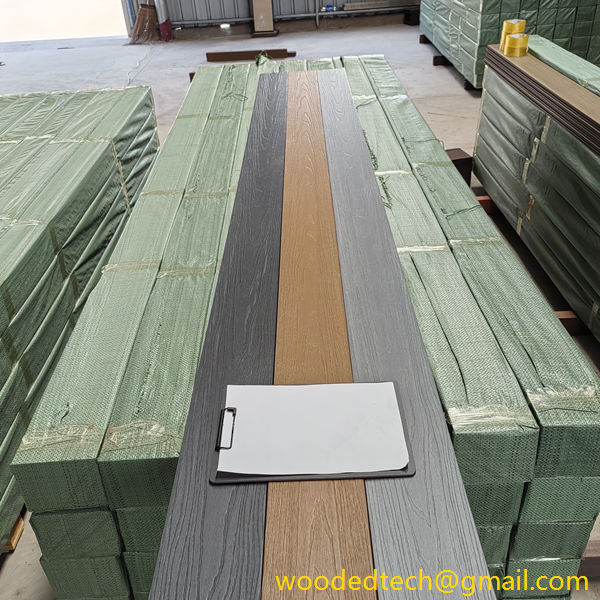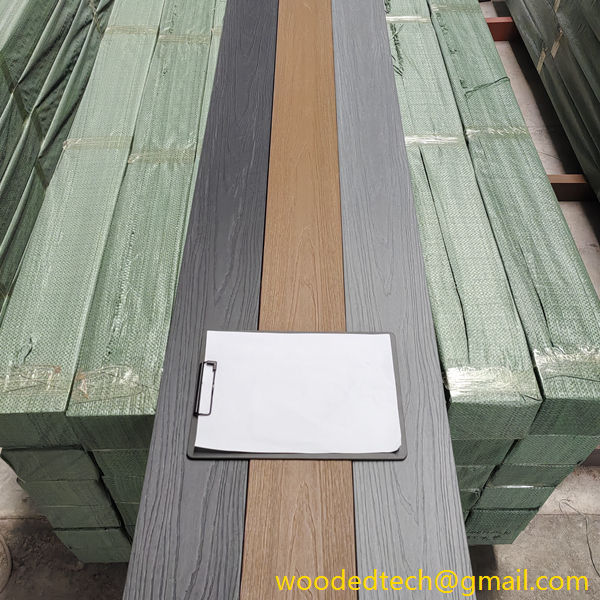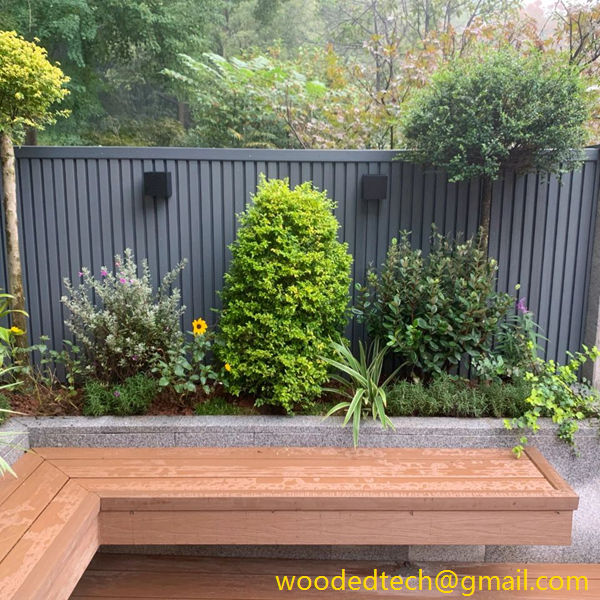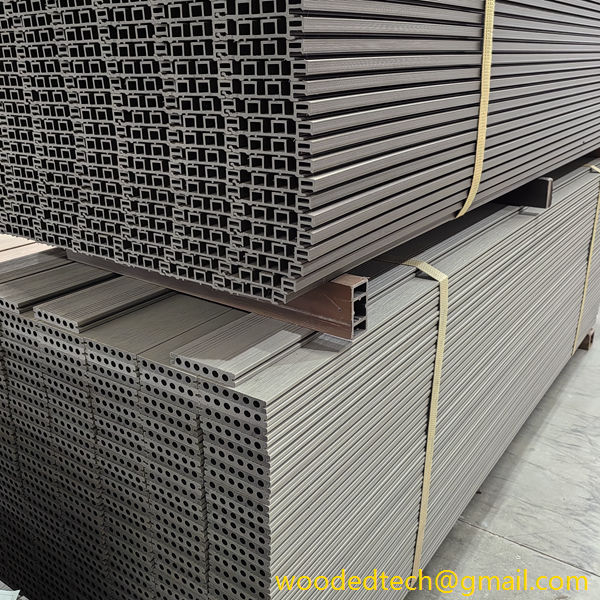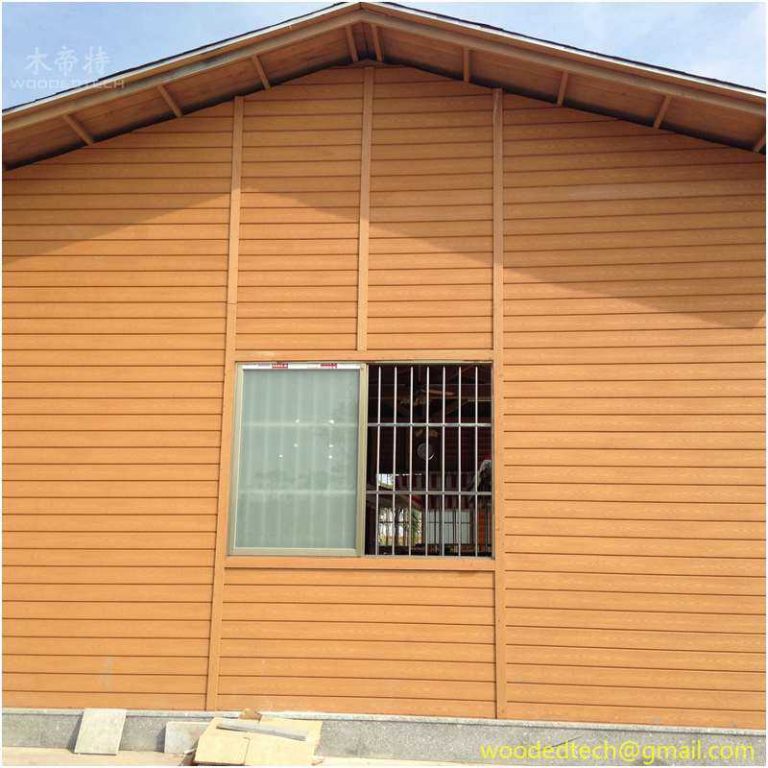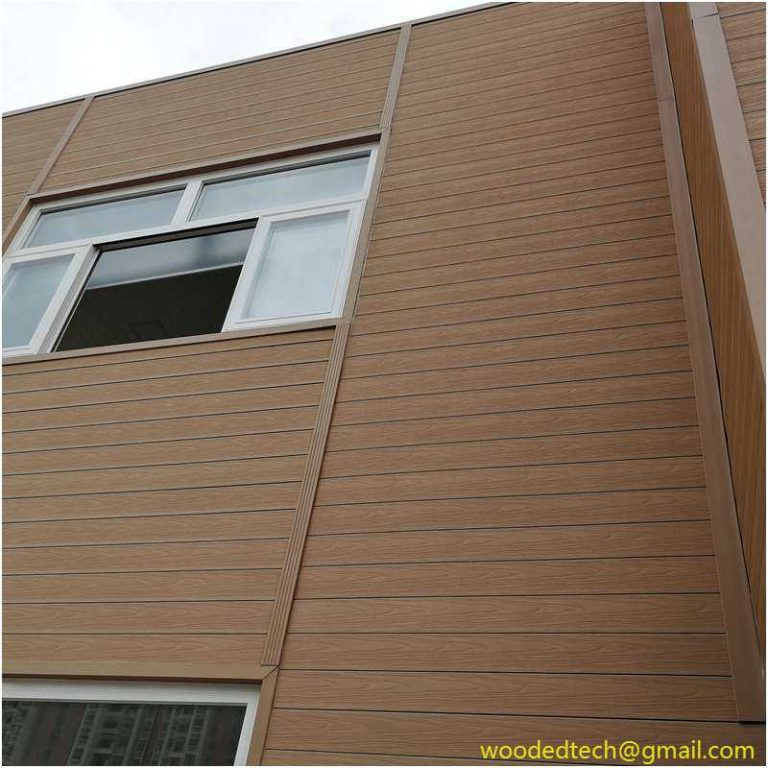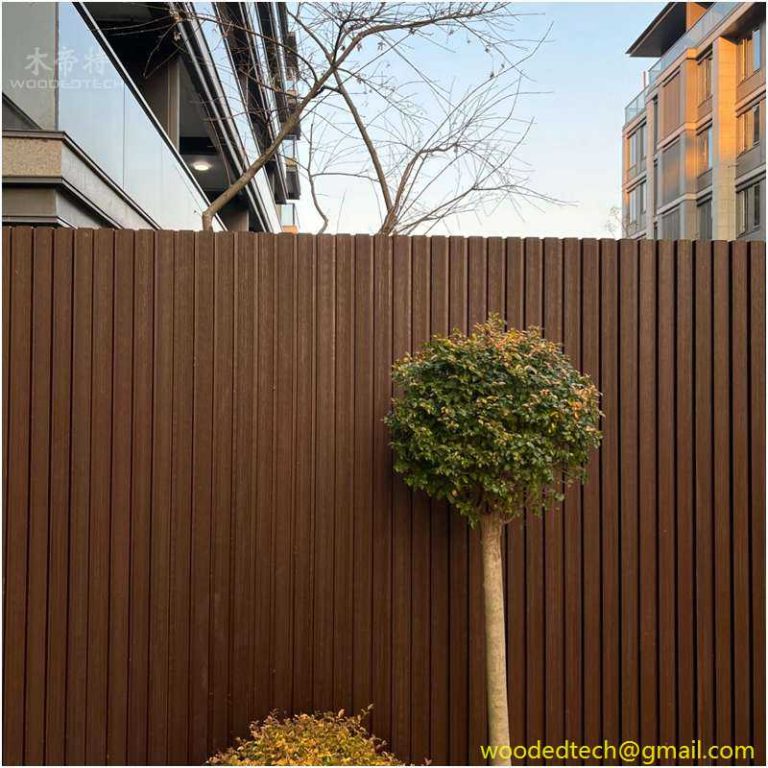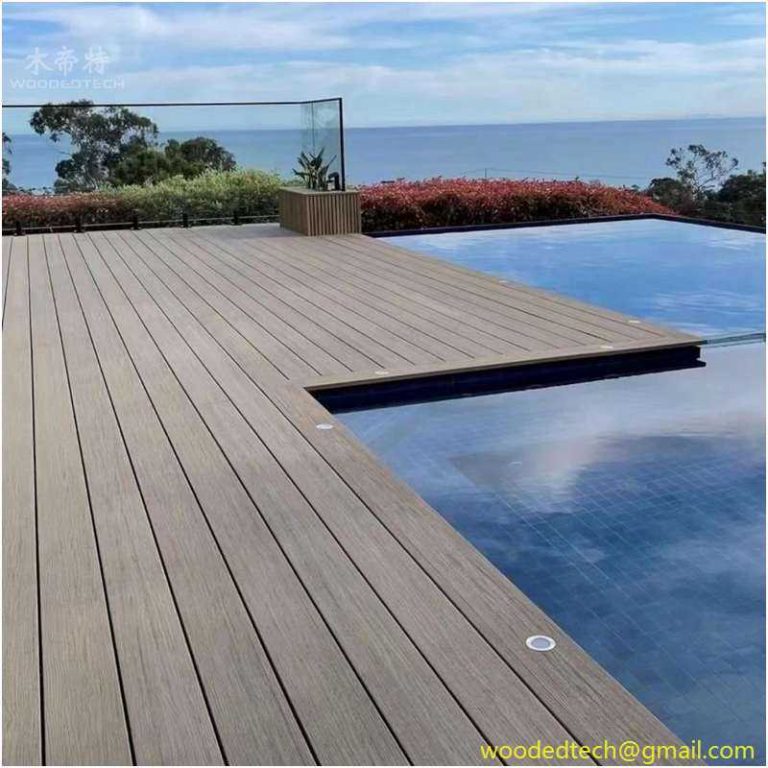Composite Decking Yes or No: Making the Right Choice for Your Project
Composite Decking Yes or No: Making the Right Choice for Your Project Composite decking has emerged as a popular choice for homeowners and builders alike, presenting a viable alternative to traditional wood decking. As you embark on the journey of selecting the right decking material for your project, it becomes essential to weigh the pros…
Composite Decking Yes or No: Making the Right Choice for Your Project
Composite decking has emerged as a popular choice for homeowners and builders alike, presenting a viable alternative to traditional wood decking. As you embark on the journey of selecting the right decking material for your project, it becomes essential to weigh the pros and cons of composite decking thoroughly. This article explores the richness of composite decking, highlighting its benefits, drawbacks, and key considerations to help you make an informed decision.
One of the primary advantages of composite decking is its durability. Unlike traditional wood, which is susceptible to rot, splinters, and insect damage, composite materials are engineered to withstand the elements. This durability translates to a longer lifespan, making composite decking a cost-effective option in the long run. Homeowners can enjoy their outdoor spaces without the constant worry of maintenance, repairs, or replacements that often accompany wood decks.
Another notable benefit of composite decking is its low maintenance requirements. Traditional wood decks require regular staining, sealing, and cleaning to maintain their appearance and structural integrity. In contrast, composite decking only requires occasional cleaning with soap and water to keep it looking fresh. This ease of maintenance is particularly appealing to busy homeowners who may not have the time or resources to dedicate to extensive upkeep.
In terms of aesthetics, composite decking offers a wide range of styles, colors, and finishes. Many manufacturers have developed products that closely mimic the look of natural wood, allowing homeowners to achieve the desired aesthetic without compromising on performance. Whether you prefer the rustic charm of mahogany or the sleek look of a modern gray finish, there is likely a composite decking option that aligns with your vision for your outdoor space.
Additionally, composite decking is often considered an environmentally friendly option. Many manufacturers produce composite materials using recycled products, including plastic and wood fibers. By choosing composite decking, homeowners can contribute to sustainability efforts while still enjoying the benefits of a high-quality decking material. This eco-conscious aspect appeals to those who prioritize environmental responsibility in their purchasing decisions.
Despite these advantages, composite decking is not without its drawbacks. One of the primary concerns for potential buyers is the initial cost. Composite decking tends to be more expensive upfront compared to traditional pressure-treated lumber. However, when considering the long-term savings associated with reduced maintenance and longevity, many homeowners find that the investment is worthwhile. It is crucial to assess your budget and weigh the initial costs against the potential savings over time.
Another consideration is temperature sensitivity. Composite decking can become quite hot under direct sunlight, which may be a concern for those living in warmer climates. Homeowners should consider the placement of their decks and how often they will be exposed to direct sunlight. Some manufacturers offer products designed to stay cooler in the sun, so it may be worth exploring these options if heat is a significant concern.
Moreover, while composite decking is designed to resist fading, it is not entirely impervious to color changes over time. Some products may fade more than others, affecting the overall aesthetic of your deck. When choosing composite decking, it is essential to research various brands and read reviews to find a product that maintains its color and appearance over the years.
Another factor to consider is the installation process. While many composite decking products are designed for easy installation, homeowners may still require professional assistance, especially if they lack experience in construction or carpentry. Hiring a contractor can add to the overall cost of the project, so it is essential to factor in these expenses when budgeting for your decking project.
In addition to these practical considerations, it is vital to think about the intended use of your deck. If you plan to host gatherings, entertain guests, or create an outdoor living space, composite decking offers a reliable and visually appealing option. Its slip-resistant surfaces and ability to withstand heavy foot traffic make it suitable for various activities, from barbecues to family gatherings.
Ultimately, the decision to choose composite decking hinges on your specific needs, preferences, and budget. It is crucial to conduct thorough research, compare different products and manufacturers, and assess the long-term implications of your choice. By weighing the advantages and disadvantages of composite decking carefully, you can determine whether it aligns with your vision for your outdoor space.
In conclusion, composite decking presents a compelling option for those looking to enhance their outdoor living areas. Its durability, low maintenance, environmental benefits, and aesthetic versatility make it a popular choice among homeowners. However, it is essential to consider factors such as initial costs, temperature sensitivity, and installation requirements when making your decision. By taking the time to evaluate your options and understand the nuances of composite decking, you can confidently choose the best material for your project and create a beautiful, functional outdoor space that meets your needs for years to come.

